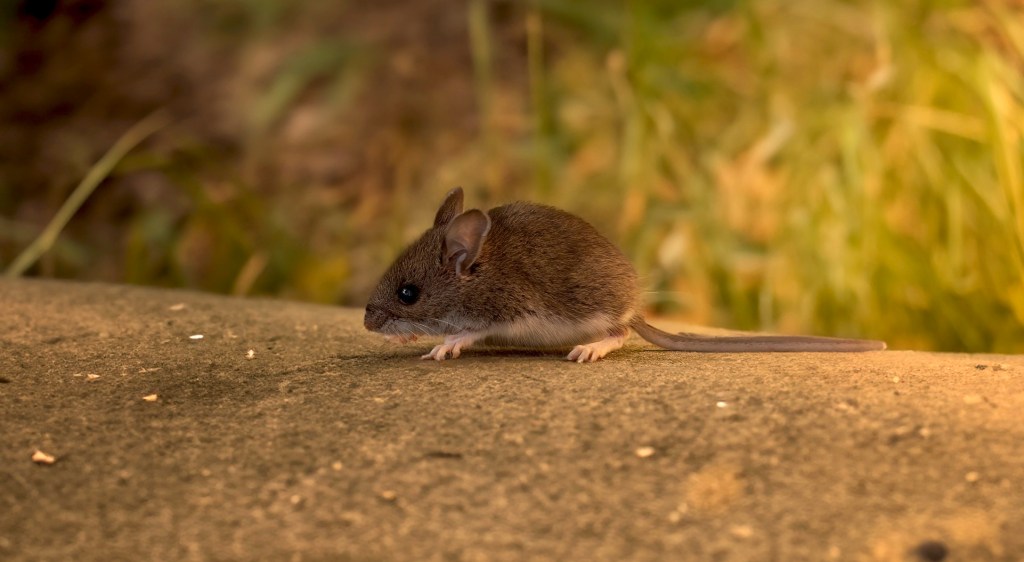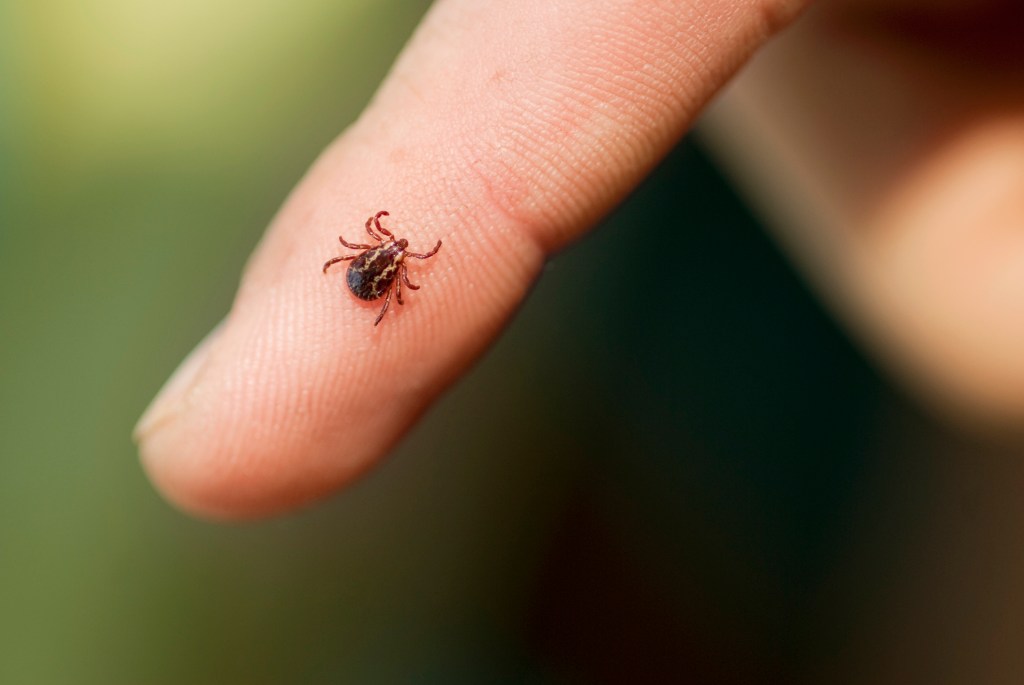Lyme disease, tularemia, Rocky Mountain spotted fever — these are just some of the serious tick-borne diseases that affect tens of thousands of Americans every year. There is currently one vaccine for preventing tick-borne illness, but it only protects against encephalitis. Thankfully, a recent study on animal resistance may help pave the way for broader and more effective options.
In the research, scientists from Washington State University sought the answer to the question: How do host animals react to tick bites? They found that not only did the deer mice, rabbits, and cattle they studied develop resistance to bites, but as a result, the tick population “dramatically shrank,” per a news release. Additional simulations found that population growth could be reduced by as much as 68%.

This is a crucial discovery because, as study co-author Jeb Owen explained, fewer ticks mean fewer cases of tick-borne disease. “A lot of attention goes into trying to figure out what makes tick populations increase or decrease — what makes them more abundant here and less abundant there?” he said. “If we understand those phenomena, we can try to find ways to take advantage of that to limit tick-associated problems.”
To glean this insight, he and his team tested resistance in the three aforementioned species, who are, in the wild, “natural tick hosts.” This method counters most studies related to tick vaccines, which the authors say “have remained confined to laboratory models and do not bridge the gap between lab models and tick ecology.” They released Rocky Mountain wood ticks on the three host species in different stages of the ticks’ lives: larvae, nymphs, and adults.
When comparing hosts that had been infested for the first time to a group that had also been previously infested, the researchers found that the tick population declined in each life stage in the latter. Adult female ticks produced 32% fewer larvae in the previously infested group, and 23% fewer ticks on those hosts reached adulthood. “Cumulatively, across the life cycle, the impacts are very large,” Owen said.
More research is needed to determine exactly what this means for humans, but there’s hope that the creatures’ immune responses could be replicated to further vaccine development. In the paper, the authors noted: “As we better understand acquired resistance in natural tick-host interactions, we will develop a more robust understanding of tick-borne pathogen transmission and identify opportunities for disease mitigation with vaccine technology.”
Tips for Tick Season
Welcome to tick season! (Sorry.) According to the CDC, April to September is prime time for the bite-happy bugs. But in all seriousness, while we wait for better vaccines, there are tangible steps you can take to prevent you and your loved ones — including your furry friends — from getting bitten. Here are a few to get you started:
- Cover your skin: When engaging in an outdoor activity like hiking, wear long-sleeved shirts and long pants, ideally in light colors so you can see ticks more easily. And the Cleveland Clinic recommends tucking your pants into your shoes so the parasites can’t access your ankles. An additional step: Treat your clothes with an insect repellent or a 0.5% permethrin solution, which targets arthropods (like ticks).
- Avoid ticks altogether: The best way to prevent a tick bite? Staying away from the little buggers as much as possible. When outdoors, avoid wooded or grassy areas, and hike in the center of trails.
- Prep your pups: Since there is only one canine vaccine for tick bites, which protects against lyme disease, make sure to use a preventative product on your pooches. For cats and other pets, consult your vet for the best course of action.
- Check the whole fam: Once you come back indoors, check clothing, bags, pets, and your bodies (these are 10 of ticks’ favorite hiding spots on humans). If you find any ticks, remove them immediately (here’s how). Wash any clothes that carried the ticks — throwing them in the dryer on “hot” for at least 15 minutes will kill any that remain.
- Keep ticks out of your yard: Sure, it sounds doable to conduct thorough checks each time you return from a hike, but it’s less than ideal to have to do so each time you come in from your backyard. Mowing your lawn regularly, using pesticides, and removing leaf litter can all help prevent the arthropods from roaming free.

RELATED: Planning for Spring’s Garden? Bees Like Variety and Don’t Care About Your Neighbors’ Yards












